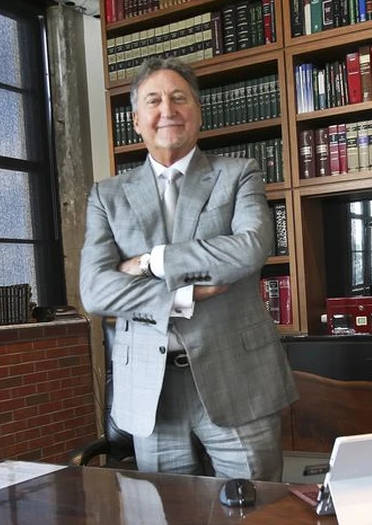 |
| Patrick Ducharme |
It is inappropriate to fix the amount of the cash deposit as some portion of the amount still unrecovered (e.g. if the accused is charged with robbery of a large amount of money) or to fix the amount so high that it amounts effectively a detention order.1 Subsection 515(2)(d) that appears to require the consent of the prosecutor before a cash bail can be ordered violates subsection 11(e) of the Charter and should be read down to exclude these words.
Continue reading “Cash Bail”


